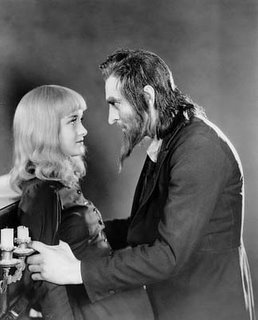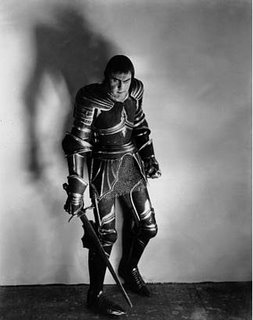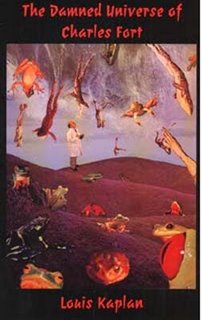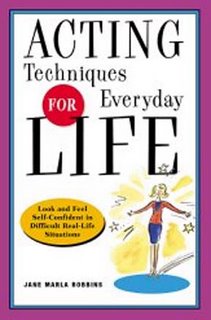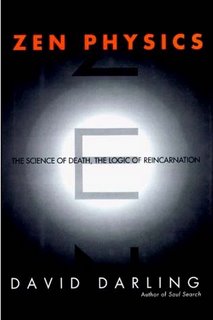In response to this interest in Cinemorphics consulting, I am currently in the process of forming several small "actors coaching" groups (4-8 "actors" each). I am working with small groups rather than individuals because I have found that, much like in a play or ensemble film, this approach creates a dynamic that reinforces and enhances effective character development.

The method that I am using in the beginning stages of group formation relies as much upon the form of the actor-coach interaction as the content. The "sessions" do not occur on a set schedule in a particular place (office, stage, etc.) but, rather, occur in the "real" world (coffee house, park, hotel lobby, etc.) on a variable schedule of "odd" times. These "sessions" can almost feel like cloak and dagger meetings among operatives in a spy movie or a band of international jewel thieves planning their next caper. This procedure results in a "breaking of the mold"…the typical method of arranging a series of appointments at a common location, and a new "re-casting"…acting "out of character" from the very beginning. This primes the pump for the re-writing and re-performing of the personas of the actors (in any given small group) that will follow, as well as creating an atmosphere of real life game-like intrigue…a zone outside of, ordinary, day to day, habituated reality.

If you would like to become a part of one of these groups, email me at
cinemorphics@yahoo.com. Describe your interest and ask questions. I will reply via email and suggest a time and place for a first meeting, if appropriate.

